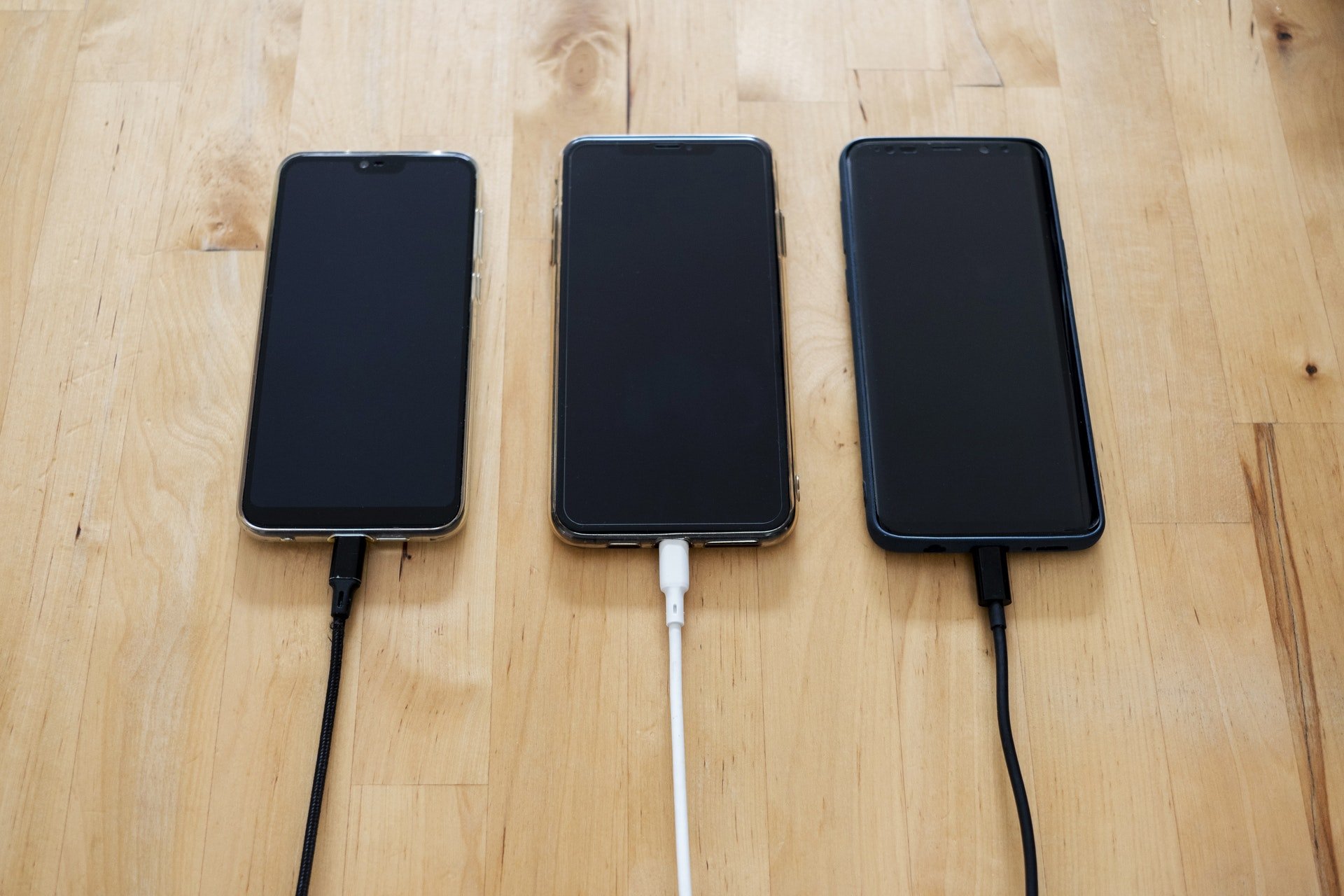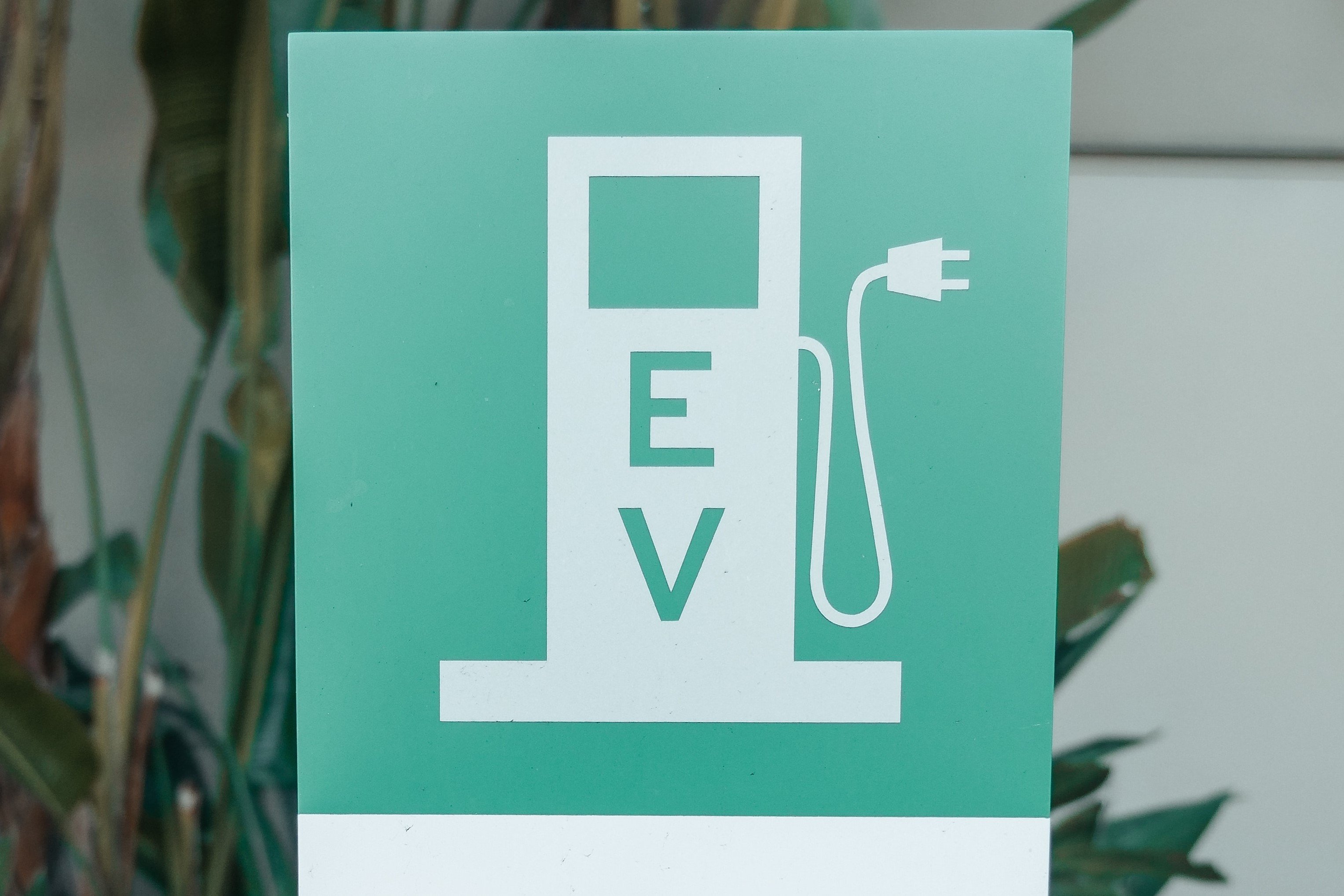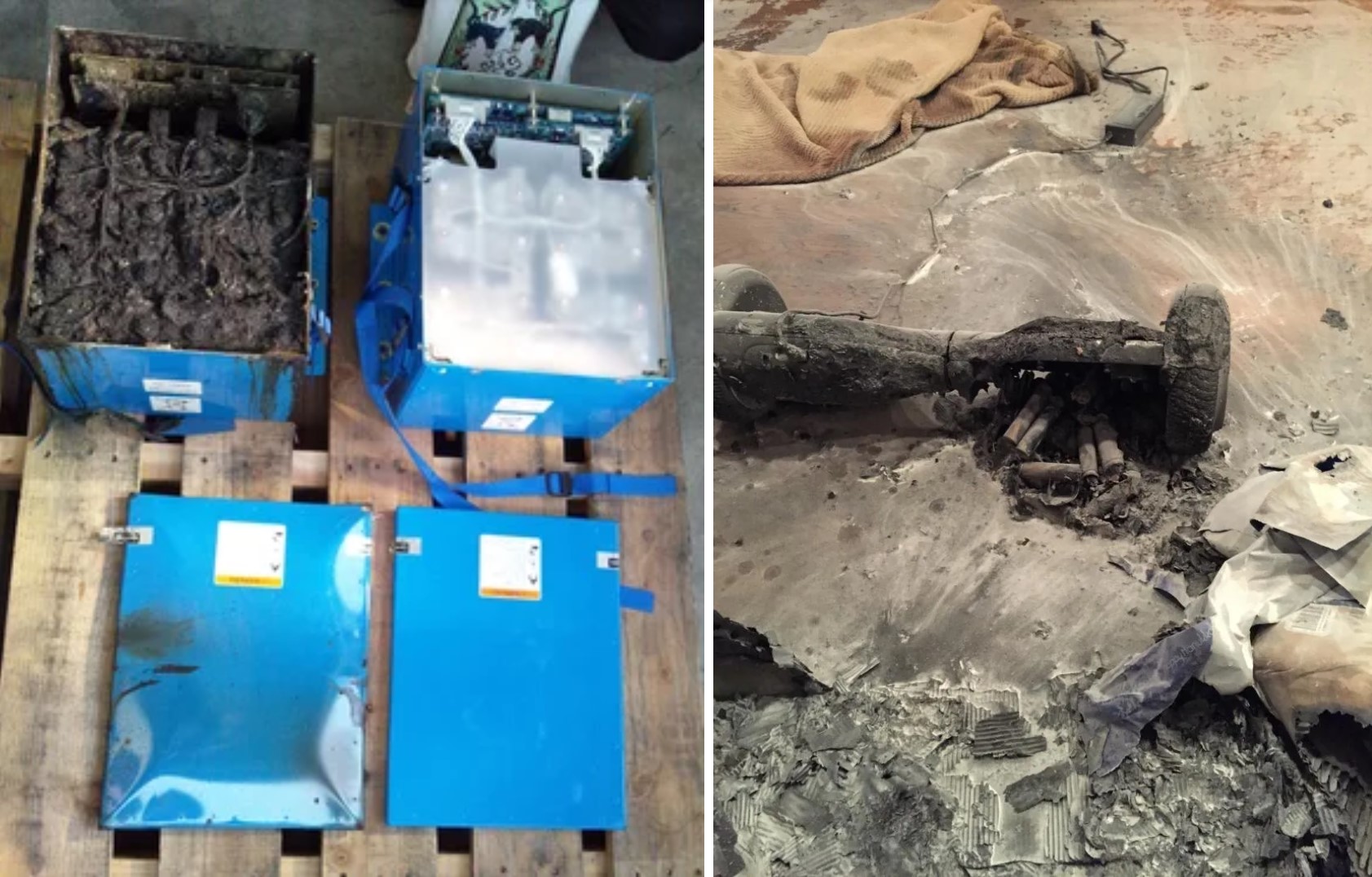
Capacity issues are one of the top challenges faced by an in-house battery testing lab. The problem can manifest itself in several ways. Did another department set an aggressive go-to-market timeline without knowledge of the time typically devoted to testing? Have broader company priorities overridden internal realities? Are there too many battery-related projects simultaneously under development?
Whatever the reason, an overstretched in-house battery lab is only left with a few general options to mitigate the capacity shortage: take longer, cut corners, spend more, or add external capacity. Most of these options are usually a mistake. Let’s take a look.
1. Make Slow Progress and Miss the Target Date
This option might amount to “continue working and ignore the problem.” A bottleneck in the battery lab will make for slow going on the way to market.
With limited capacity and a large project on the docket, progress is likely to be too slow to meet ambitious target dates. But should you push back against leadership and have the product release delayed? There are often good reasons for the chosen go-to-market timeline — good timing in the context of competitor release schedules, advantageous seasonal or holiday windows, and more. These factors often make this strategy a major mistake.
However, in the absence of other changes, there might be nothing else you can do.
2. Ill-Advised (But Viable!) Shortcuts
Industry requirements will set a bare minimum for regulatory and safety testing, but many manufacturers hope to well exceed these requirements. Why? The eventual cost of a recall can be substantially more than the cost of a little more caution and thorough testing in the battery lab up front.
Even in 2021, the news is still littered with headlines about flagship smartphones capturing fire on airplanes and name-brand hoverboards melting down and being recalled before anyone gets seriously hurt. More care in the battery lab and more extensive battery safety testing can reveal subtle and rare defects or risks associated with excessive heat, overcharging, or impact damage that could lead to thermal runaway. While the batteries might pass minimum required tests, a more thorough examination could save millions in the long run.
3. Rapidly Expand the Battery Lab at Enormous Cost
This “solution” creates two new (related) problems: high fixed costs and underused resources. It might seem intuitive when facing a capacity issue to simply expand your capacity. And in some cases, this does make sense — if your long-term needs align perfectly with the costs and upkeep of a larger battery lab.
However, it’s also possible that you’re reacting to a temporary capacity spike with a long-term commitment to an expensive and unnecessary expansion. Battery lab instrumentation is expensive on its own, but even more so if it ends up under-utilized. The high fixed costs of a large battery testing lab — for testing infrastructure, maintenance, training and retention of experts, salaries and benefits, and more — must be weighed in the decision before you commit to wasteful excess capacity that ends up collecting dust.
Third-Party Help Is Convenient, Cost-Effective, and Customizable
Your final option is to add external capacity to get you through the bottleneck and on track to hit your deadline. When you outsource testing capacity to a dedicated third-party battery lab, you avoid the problems created by the three mistakes listed above.
- Progress is accelerated with instant access to additional capacity, so you’ll be able to hit your deadline — even if it’s aggressive.
- No shortcuts are necessary; your partner will have the infrastructure for a full array of tests that help you exceed minimum requirements.
- There’s no need to commit to extensive assets and in-house manpower that may ultimately be under-utilized. The manageable and flexible expense of outsourcing pales in comparison to the monumental cost of building and maintaining a large in-house lab.
Outsourcing doesn’t need to replace in-house capacity, either. Your partner is a perfect complement to in-house capabilities. Remove late arrivals on the market, high recall risks, and costly underutilization rates from the equation. A third-party battery testing lab service satisfies exactly what you need, when you need it — no more, no less.







